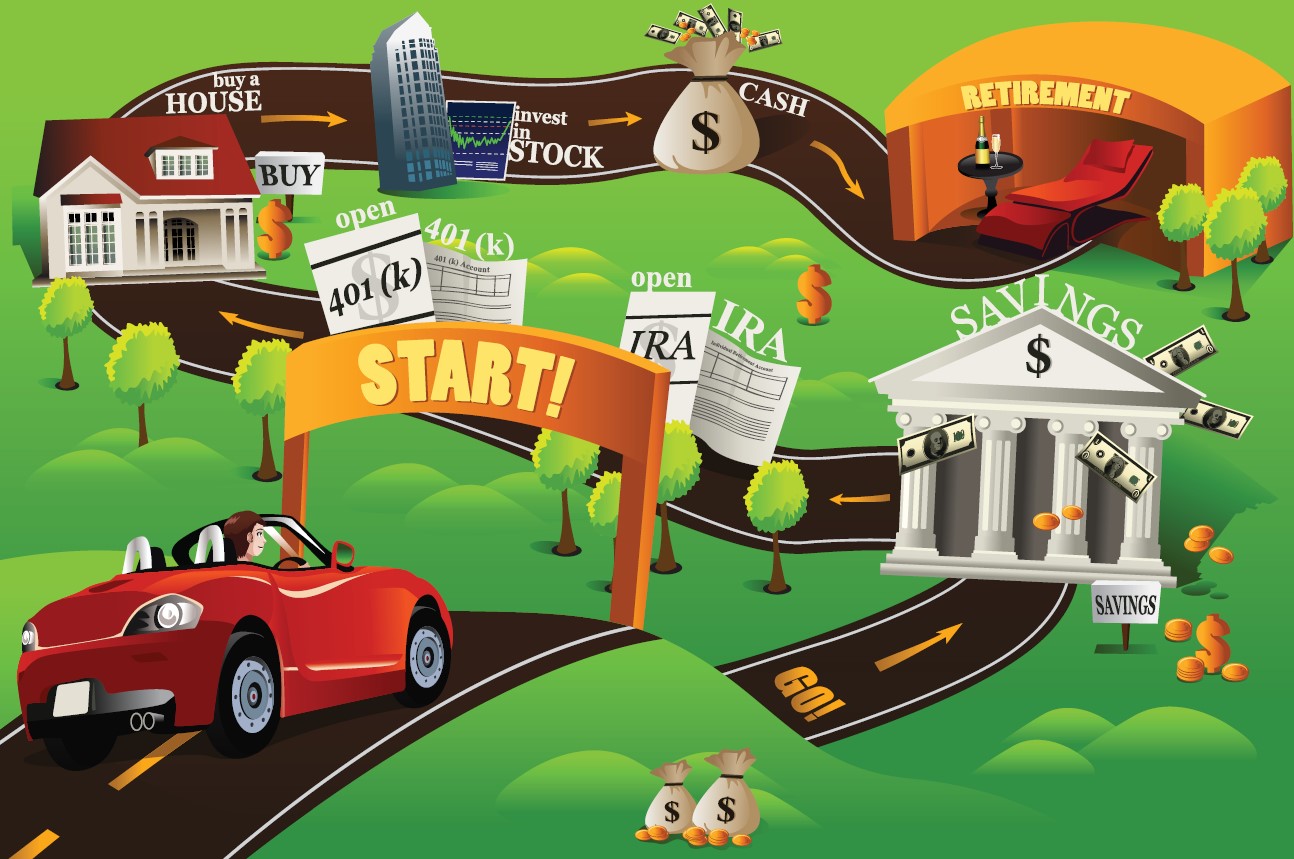When working with individuals and families on personal finances, we commonly hear how much difficulty people have when it comes to setting goals for themselves.
It is common for people to fail at budgeting because they fail to create a roadmap. Yes, that’s right: a roadmap. We use this analogy when teaching our budgeting presentations and it usually hits close to home.
You see, our lives are one giant roadmap. We plan for things every single day. From the mundane like, “What should I have for breakfast?” to planning for your next trip (although that could be a way off in the world of COVID-19).
We describe this analogy in DebtWave’s personal finance Smart With Your Money workbook.
When you take a vacation, what is the first thing that you do before you go on that vacation? You plan, right? You either book your flight or set the GPS in your phone or car if you are driving.
Planning helps us maximize our vacation time so that we get to maximize the pleasure we get from the vacation.
Why is it that we plan for leisure, but we tend to avoid planning our financial future?
A budget acts as a plan to help us achieve our financial goals which can be as or even more satisfying than even the best of vacations.
These plans are goals and sometimes just sitting down together with your spouse or partner to have a straightforward, honest conversation about where you are and where you want to go. This is also laid out in the handbook.
Most people who have built wealth didn’t do so overnight. They acquired it by setting goals and actively working to achieve them. These goals are split between short-term goals and long-term goals. Short-term goals are goals that you want to attain sooner rather than later (up to 3 years), whereas, long-term goals can be things that are aspirations, as well as planning for the distant future (3+ years), such as retirement.
Creating Your Financial Roadmap
When preparing your goals:
Be realistic.
Establish obtainable time frames.
Devise a plan.
Be flexible; goals can change.
For example, Bob is 35 years old and has set various goals to attain by the time he reaches certain ages.
Bob’s short-term goals:
- Pay off credit card debt in the amount of $10,000 at the age of 38.
- Increase net worth $5,000 by age 37.
- Save $2,000 for son’s team trip to Cooperstown by age 36.
Bob’s long-term goals:
- Save enough money to be able to retire at age $60 and pay self $5,000 a month.
- Save $20,000 by age 47 to help with college tuition for Bob’s son.
- Pay home mortgage off by retirement at age 60.
The important thing to remember is these goals are yours and/or your family’s. You have to do what is best for you and your family.
As you follow your roadmap, it will make you feel in control and less stressed. Like you are working towards something instead of just going through the motions and paying bills to pay bills and hoping there is enough money every month.
Prepare for the Unexpected
As with any plan, things can change.
Remember that “life” happens, circumstances change, so you may need to be flexible with these goals or, at least, move the goals up or down the list. The list can be as long or short as needed, but be careful to not put too much on your plate.
If you are on a road trip and a road is overtaken by steer because a truck had an accident, do you turn around and go home? Probably not. You check the GPS find a way around and continue on your way. Not the way you planned, but you were flexible and made it to your destination. If you think of it like that and have patience and communicate with your loved ones – it could be one heck of a trip!


[…] spending plan will give you a financial “road map,” which will allow you to better plan where your money is spent and make it easier to allow […]
[…] a budget is essentially a financial roadmap for what you want to do with your money. Even if you’re paid on a biweekly schedule, it is […]